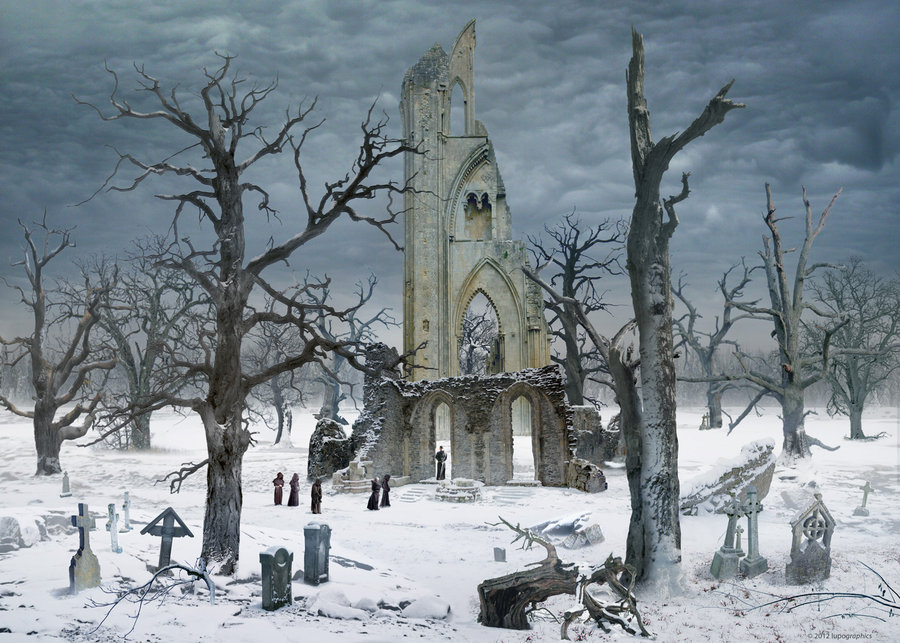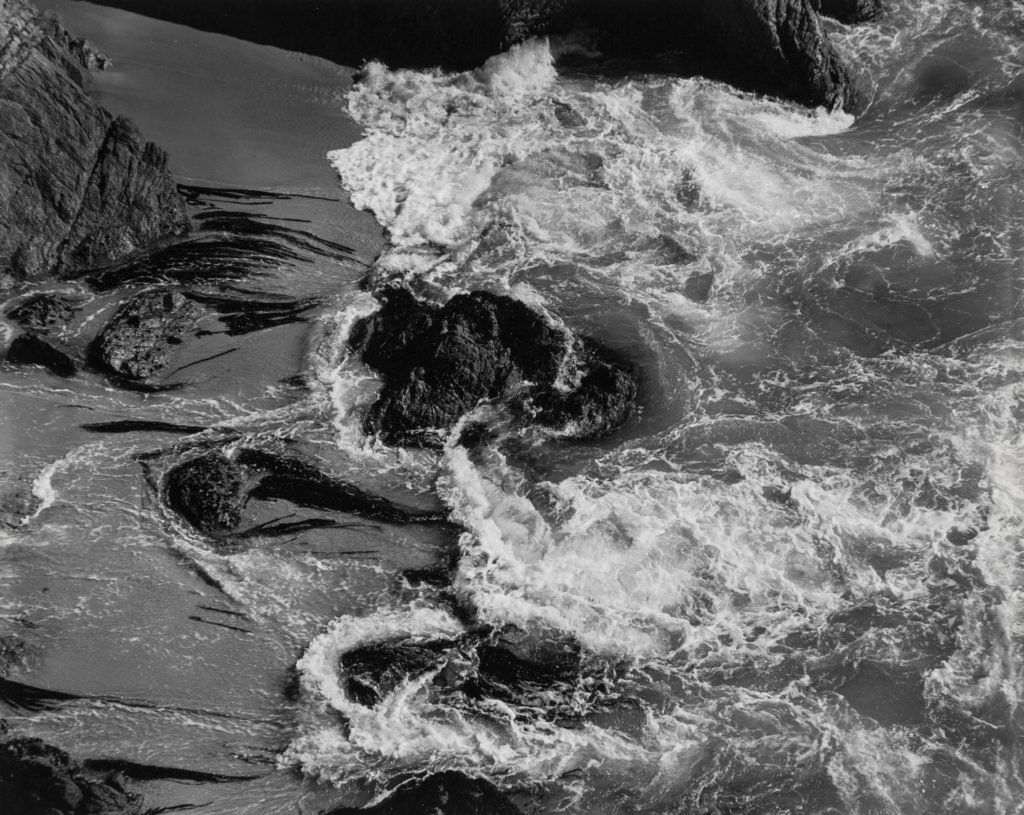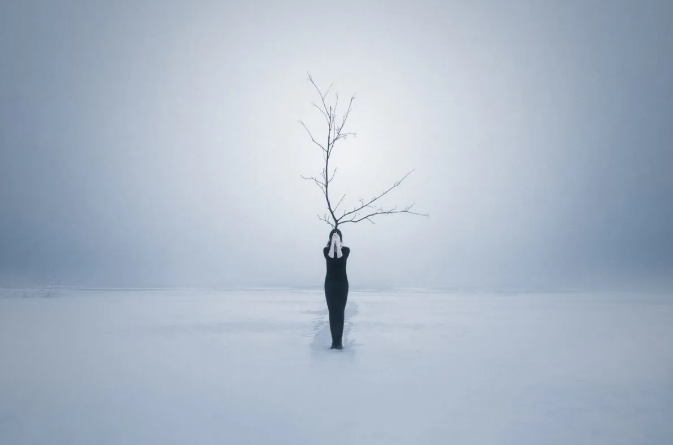Romanticism
Romanticism was an artistic, literary, musical, and intellectual movement that originated in Europe towards the end of the 18th century, and in most areas was at its peak in the approximate period from 1800 to 1850. It began approximately during 1770, during the industrial revolution. Romanticism is often seen as the reaction to the developing urban world, and the negative impact it has on people. The Age of Romanticism heavily contrasts with the Age of Enlightenment, since it was the act of moving away from those ideas and traditions.
Romantics believed in the natural goodness of humans which is hindered by the urban life of civilization. They believed that the savage is noble, childhood is good and the emotions inspired by both beliefs causes the heart to soar. They also believed in following your heart, especially when it comes to emotions, most importantly love. A core belief of romantics is ‘civilisation is what has made us sick’. Writers and artists rejected the notion of the Enlightenment, which had sucked emotion from writing, politics, art, etc. Writers and artists in the Romantic period favoured depicting emotions such as trepidation, horror, and wild untamed nature.
Romanticism in Art and Photography



Romanticism in art and photography always portrayed some sort of natural scene; the rural landscape being captured in a free and wild way. Romantics were heavily influenced by nature, wanting to be as carefree as possible. Furthermore, nature was captured in a way that clearly presented it as a powerful and important aspect of our world, suggesting how insignificant humans and our impact on the world (such as our architecture) truly are in comparison.
The Sublime
The Sublime isa meeting of the subjective-internal (emotional) and the objective-external (natural world): we allow our emotions to overwhelm our rationality as we experience the wonder of creation. It is the sense of accepting and cherishing our insignificance in this world. The Sublime is a western aesthetic concept of ‘the exalted’ of ‘beauty that is grand and dangerous’. The Sublime refers to the wild, unbounded grandeur of nature. The Sublime is related to threat and agony, to spaces where calamities happen or things run beyond human control.
The theory of sublime art was put forward by Edmund Burke in ‘A Philosophical Enquiry‘ and was in 1757. It connected the sublime with experiences of awe, danger and terror, creating a new meaning for the word. He defined the sublime as an artistic effect productive of the strongest emotion the mind is capable of feeling. The philosopher understood the importance of people being made to feel small and insignificant as a way of putting daily life in perspective, and to counter the inflation of the ego.
Sublime Art and Photography

Joseph Turner painted many pictures exploring the extreme weather at sea. In this piece, a steam-boat is shown at sea during the storm. It used to be told that Turner was once actually tied to a mast of another ship during this storm to capture the event from a first person experience and so that he could paint it from memory. This is now thought to be untrue, but it has been used as an example of Turner’s direct engagement with the world around him and his experience of the sublime. The small ship, being overpowered by water and wind, can be seen as a symbol of human’s efforts to overcome the forces of nature.

This is a famous piece by Philip James de Loutherbourg, who specialised in such landscapes. He added human drama to the avalanche’s awesome progress by painting terrified people, in the foreground, who appear to be soon overwhelmed by nature’s power. The sublime is very clear in this piece, the humans seen in the image being insignificant and powerless against the sheer force of nature. De Loutherbourg’s exploration of sublime effect was assisted by his work as a theatre set designer.


Joe Cornish captured this iceberg and explained how he managed to capture a sublime photo by saying: ‘all icebergs are ultimately doomed, and when they are as delicate and fragile as this one their demise is near. So near, that just a few seconds after this photograph was taken the arch collapsed, scattering shards of ice as dangerous projectiles either side of the impact zone. Luckily for us, we were not in the line of fire‘. This presents the idea of how something beautiful and spectacular can evoke so much fear in a human. It also indicates how truly powerful nature is, powerful enough to destroy itself.
Andi Balogh is another modern day photographer who captures fascinating pictures of women surrounded by ethereal ice landscapes which are “inspired by the Nordic ambiance, healing nature, and internal spheres”. His photos seem to often include a misty, engulfing background which seems to flow around the woman in his photos, appearing as through they are overpowering her. Her closed poses imply she has come to terms with her insignificance against the wild nature around her. Balogh explained his aim in his photos is “to radiate the northern ambience which I see magical. I interconnect the external nature with the inner realities involving the feminine human form. Mostly I’m the photographer and the object/subject in the photo because my goal is emphasize the calmness, deep connection with nature and the constructive force in way the northern atmosphere has affected and affects me” which presents the romantic photographer as very understanding of the sublime.


